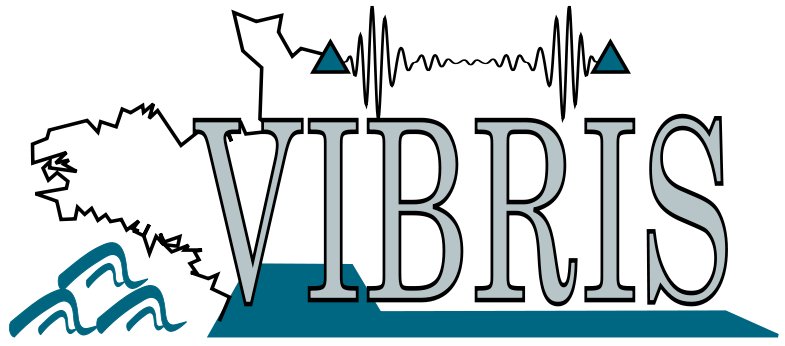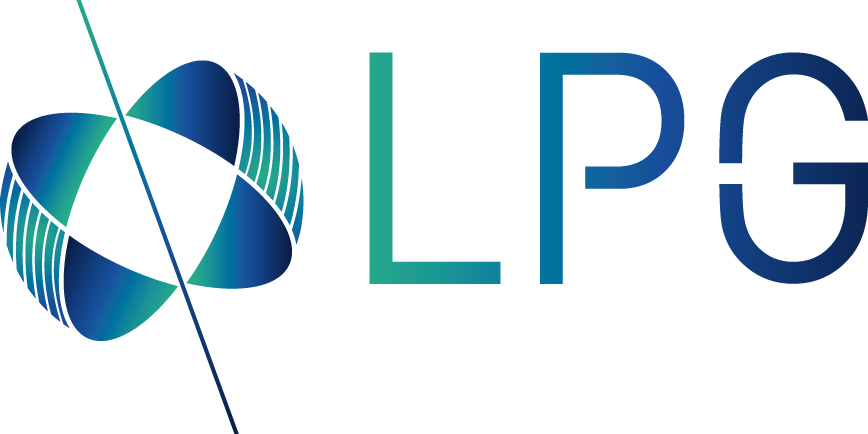VIBRIS
Objectives
The aim of the VIBRIS project (Valorisation Interdisciplinaire du Bruit Régional pour l'Imagerie Sismique) is to adapt and validate very recent methods of seismic imaging developed for deep seismology and involving noise correlation. The methods are applied to two extremely different scales:
- the geologic scale, to investigate the deep structure of the Massif Armoricain, in particular the lateral variations of its crustal thickness, which are directly linked to its geological history
- the civil engineering scale, to investigate the ability of the methods to sound a seawall and its internal variations with time, thanks to the noise generated by the swell.
4 axis of research
- Axis 1: Numerical modeling (Responsible: Yann Capdeville, LPG Nantes)
- Axis 2: Small scale experimental modeling (Responsible: Donatienne Leparoux, IFSTTAR)
- Axis 3: Application to the seismic imaging of the Massif Armoricain (Responsible: Éric Beucler, LPG Nantes)
- Axis 4: Study of the ability of sounding a seawall (Responsible: Mathieu Le Feuvre, IFSTTAR)
Interests of the seismic noise correlation approaches
The principle of the seismic noise correlation approaches is to arise a consistent signal depending of the elastic properties of the media crossed by seismic waves , by comparing (correlate) two apparently inconsistent signals. The correlated signal is the transfer function or the Green function of the media. These methods have the advantage to give some characterisation tools to constrain the tri-dimensional structure of the object, without the need of natural of anthropogenic sources. The innovating results in terms of resolution have allowed to detect some very little internal variations, which show for example magma raising inside a volcano. The richness of the information and the innovative aspect on the scientific plan, make the ambient noise thematic a major international axis of research in the geophysics community.
Examples of major references:
Shapiro N.M. and Campillo M., Emergence of broadband Rayleigh waves from correlations of the ambient seismic noise, GRL, 31, 2004
Brenguier F., Shapiro N.M., Campillo M., Ferrazzini V., Duputel Z., Coutant O. and Nercessian A. Towards forecasting volcanic eruptions using seismic noise, Nature Geoscience 1, 2008.
Multi-scale aspect of the VIBRIS project
The applications of the VIBRIS project reflect some challenges at very different scales: the regional scale of the Massif Armoricain and the scale of the seawall. At these two scales is added the one of the laboratory as a stage of the small scale experimental study. This multi-scale aspect is supported by physical universal laws which govern the wave propagation phenomenon. The laws are similar if the ratios of the spatial dimensions on the propagated wavelengths are conserved. These ratios will be reproduced for the both cases of study.






